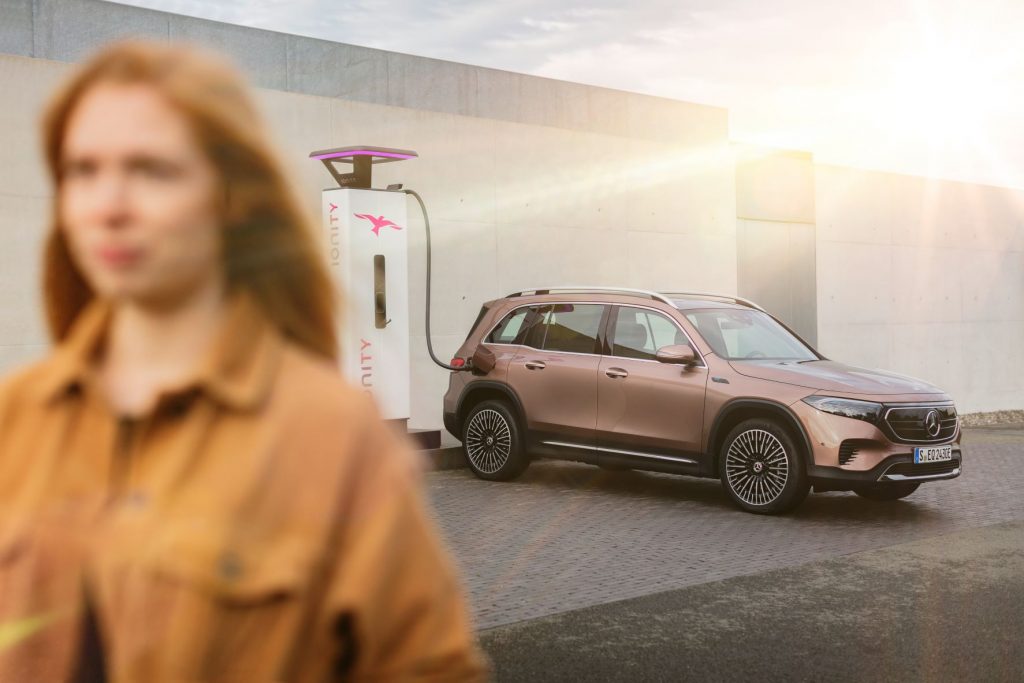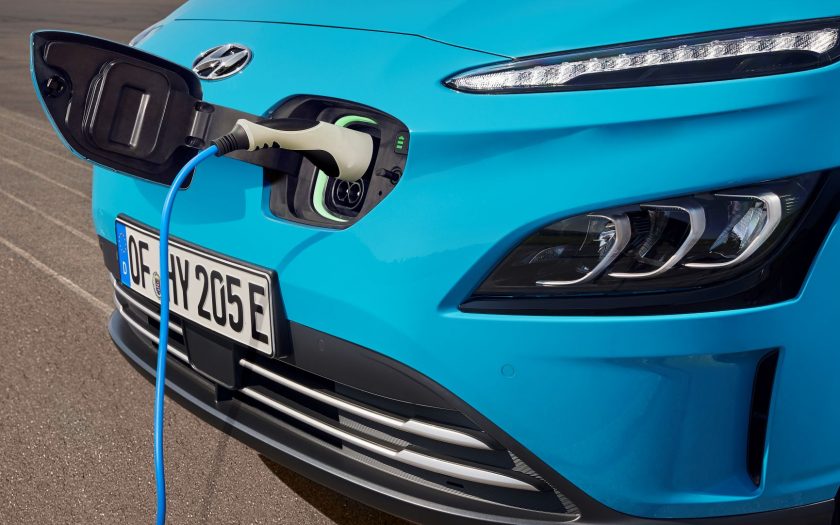ONE OF THE QUESTIONS we are regularly asked is how to prolong the life of an EV battery. Should you keep it on the charger when it’s not being used? Should you only charge it to 80 percent? Should you avoid using fast chargers?
There is plenty of advice about the best way to get the longest life from those expensive batteries, and not all of it is accurate.
Most car companies recommend charging the battery to 80 percent of its capacity. Not only is this good practice to get maximum life out of the battery, it also overcomes that annoying habit of EV batteries to take an inordinate amount of time to get that last 20 percent of charge into them.
The default Tesla setting is to allow the battery to charge to 90 percent and then stop, although Elon Musk has suggested in a tweet that Tesla owners would be better served charging to 80 percent.

A Tesla expert recommends charging the battery daily. Jeff Dahn, Tesla Industrial Research Chair and Professor of Physics and Atmospheric Science at the University of Dalhousie, Nova Scotia (he could recharge his battery while listing his full title!) is one of the leading battery experts. He suggests charging to 70 percent, and only charging to the full 100 percent before setting out on a long trip.
Tesla recommends keeping your battery charged at between 50 and 90 percent of its capacity for normal driving (you can set the charge limit in the car, or using an app). Before a long trip, charge the battery to 90 percent and one hour before departure, put it back on the charger to get it to 100 percent. It’s fiddly and frustrating, but the aim is to avoid the battery sitting at 100 percent for any significant amount of time. On the road, charge the car to 80 percent and avoid letting the charge drop below 20 percent. This will not only extend the battery’s life, but will be faster than trying to charge it to 100 percent (which takes significantly longer than charging it to 80 percent).
Another good approach is to charge your car at home as much as possible. Fast charging will reduce battery life, and your home charger is slower.
A well-maintained battery pack (one that isn’t drained to zero or regularly charged to 100 percent) can last up to 400,000km; one that is abused will show signs of degradation within 150,000km. Historical data indicates that a Tesla battery will lose about five percent of its capacity after 80,000km. And since the battery pack is by far the most expensive part of an EV, looking after it will save you considerable expense.
